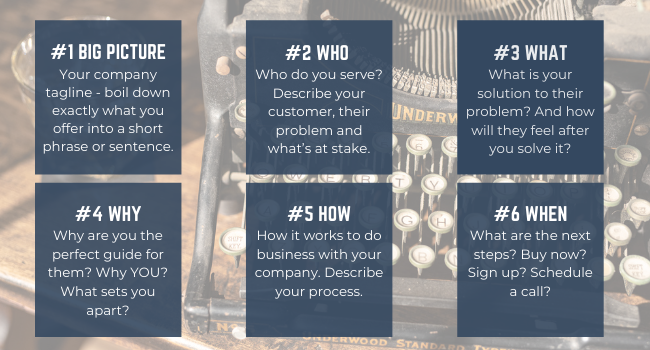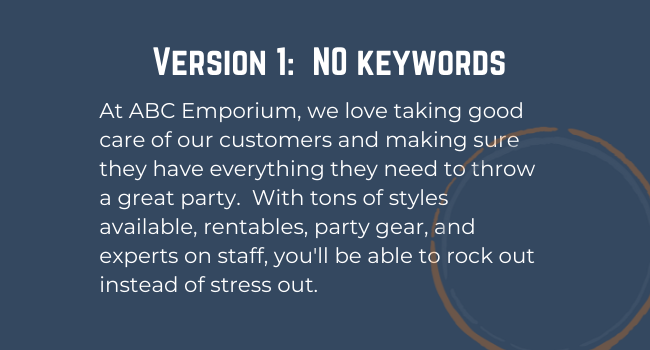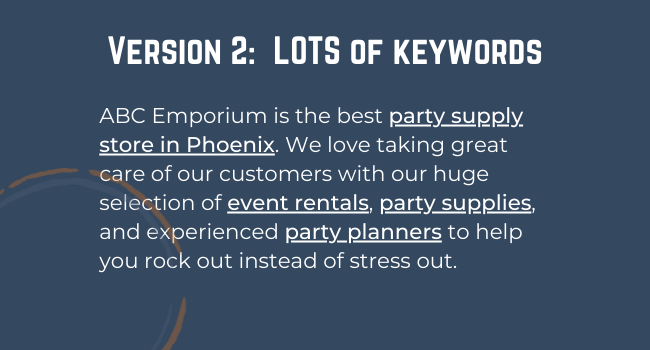You know what’s super important for a website, but lots of people treat it like an afterthought? The copy.
Welcome to Part 6 of the WebWiskee Success Series, where we’re going to help you get started writing your copy while strategically using keywords. Whether you’re writing your own copy or you hire a professional copywriter, it’s important to get it right!
This content is designed to prepare you for the technical build of your WebWiskee website. If you missed Parts 1 – 5 we’ve linked to them at the end of this post, so you can catch up.
Let’s Start Writing Your “About” Page
While it may seem like the homepage should be the place to start writing, we recommend starting with your ABOUT PAGE.
It is a simpler place to start without the pressure of making your homepage perfect. It’s also an easy place to outline your target audience, problems, solutions, and next steps.
We will be using our Simple Customer Journey Format to create your About Page, then add easy keyword strategies to make your writing work for both Google and your ideal customer.

Following along with the framework above will take the guesswork about what to say.
You’ve already done all the hard work figuring out who your audience is, how you solve their problems, and what you want them to do next. Now you’ll know exactly how to present it.
Remember, when writing your ABOUT PAGE, resist the urge to give your whole life story. The content here should be about how you or your company can help others. I
t’s not about you, it’s about your target audience and what you can do for them.
WHY IT MATTERS: Using a strategic format for introducing your company to your audience will make your website easy to understand. The About page is an easy place to start writing and will give you some practice before tackling the home page.

Infusing Keywords Into Your Copy
Writing that feels accurate or conversational doesn’t necessarily have keywords built in. If we tweak our sentences so they work well with keywords, we get the best of both worlds — websites customers want to read and that Google can understand. The best way to make the most out of keywords is by infusing your best search terms naturally throughout your website’s pages.
Here are two different versions of copy for the website of a party supply store in Phoenix. Some of their keywords include:
- Party supply store
- Phoenix party supplies
- Party planners
- Best party supply store in Phoenix
- Event Rentals

You can see that none of the keywords customers might search for on GOOGLE appear in this website copy. Even if they are the best party store in Phoenix, no one searching online will be able to find them.
Now look at basically the same copy, but updated with their target keywords in a natural writing style.

You can see that all the keywords have been used in the updated copy but without losing the personality and brand style for this company. Now GOOGLE and Phoenix party throwers can find everything they need at ABC Emporium.
WHY THIS MATTERS: Websites should be readable for humans and search-friendly for Google. Great SEO (search engine optimization) will help your target customers find you.

Keep It Simple
Have you ever sat down at a restaurant and been overwhelmed by the 200 items on the menu? In the end, you give up and order a chicken Caesar salad. There are too many things to read, so you give up and order something basic or avoid that restaurant altogether.
Websites work the same way. Keep your content streamlined, easy to read, and use as few words as possible to say what you want to say.
Editing is the final step in this process. Don’t use 100 words when 20 will do. Get to the point and show them how you can help. This doesn’t mean eliminating all your website’s personality. Showcase your brand voice, show off your personality, and keep it streamlined.
WHY THIS MATTERS: When in doubt, use as few words as possible to say the same thing. No one wants to slog through pages and pages of words, so make sure the words you do use matter to customers and search engines.

As a last tip, it can sometimes help to read your copy out loud. Does it feel right? Does it have the right tone? Does it sound like a customer focused website, or just a list of keywords?
While it may seem counterintuitive to focus this much on copy prior to the actual build of your website, this is the starting point for a successful site, and why at WebWiskee we are so focused on it. Your messaging, tone of voice and target customer need to be in place for your copy, but these important elements also influence your color palette, photos and visual branding… and that’s coming next.
This guidance with regard to your website’s content is one of the things we think makes WebWiskee different from the other DIY builders on the market. We hope you are finding it useful.
The WebWiskee Success Series
WebWiskee Success Series Part 1 – Targeting Your Ideal Customer
WebWiskee Success Series Part 2 – Your Business’s Super Power
WebWiskee Success Series Part 3 – Keywords: The Key To A Successful Website
WebWiskee Success Series Part 4 – How To Write Your Website Copy
WebWiskee Success Series Part 5 – How To Craft Your Customer Journey
WebWiskee Success Series Part 6 – How To Write Your Story
WebWiskee Success Series Part 7 – How to Choose your Website’s Color Palette and Photos
WebWiskee Success Series Part 8 – How To Optimize Your Photos For SEO and Accessibility
WebWiskee Success Series Part 9 – How To Develop Your Website’s Sitemap



